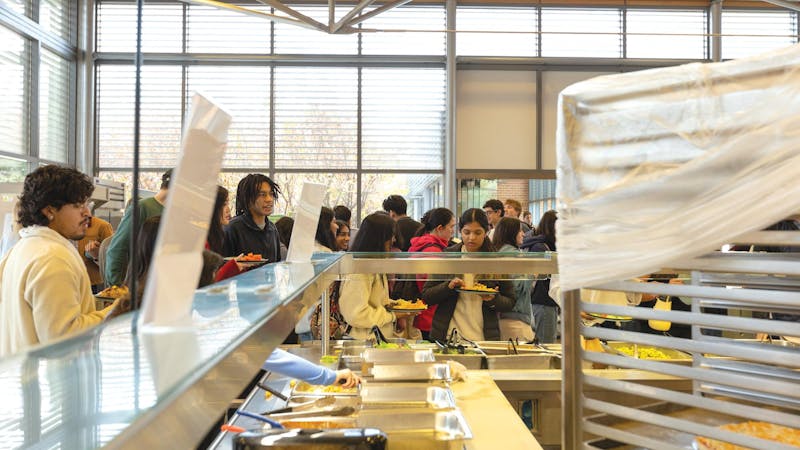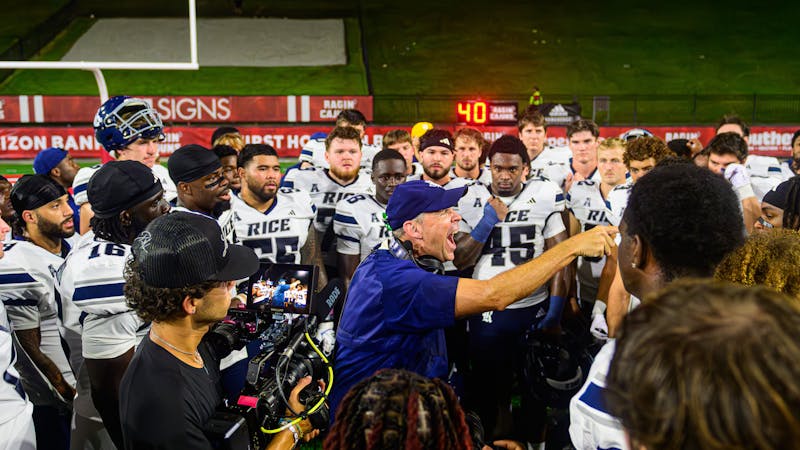Rice must expand financial aid eligibility for international students

When my parents got divorced a few months ago, my family went into panic mode. Dad kept pushing me to figure out a way to use my impending permanent resident status as proof of eligibility for FAFSA, while Mom figured out ways to take out an even bigger loan in case Dad was unable to pay the bills. After hearing news of the new tuition assistance program for middle-class students, I excitedly called the financial aid office only to find out that as an international student, I would be ineligible. Even if Rice expanded aid to international students, I could not apply for need-based aid because I had shown on my application that I could pay the sticker price — a virtual necessity for admission in the eyes of my college advisor, and a binding declaration that would make me ineligible for financial aid for as long as I attend Rice, no matter any change in circumstances.
Thanks in part to the merit scholarship I was awarded when admitted, my family is still able to pay my tuition for the moment, yet that may not be the case for others. When applying to colleges in the United States, international students are often required to show proof of their financial ability to pay for college. Though many universities (including Rice) promise to serve 100 percent of demonstrated financial need for international students, it’s well known among college advisers that in the extremely competitive international admissions environment, if you are unable to pay full tuition, there is a small chance of acceptance, no matter your achievements or qualifications. A recent study by SelfScore found that international students paying full price for their education effectively subsidize domestic students. It’s made painfully clear on the Rice financial aid website: Whether or not I could pay for college directly determined my chances of getting into college.
My parents were well-off when I applied to college. Yet we made the decision for me to attend Rice on the condition that I receive a merit scholarship, which is available for international students regardless of demonstrated need — though we lived comfortably, going to college in the United States would still be extremely expensive, and the problem was to be made worse when a currency devaluation almost doubled the cost of tuition. A large part of this decision hinged on the fact that a prestigious American university education was essential for success in my chosen field, bioengineering. What I did not expect when I accepted Rice’s offer of admission was that I would not have the same opportunities as an American student during my time at school, as I would have a much harder time finding internships ,summer programs or even funding to conduct research given my visa status. Even when I did secure a research position at Baylor College of Medicine with a Rice-affiliated professor, I had to have the Office of International Students and Scholars convince Baylor’s administration that they could not, in fact, deny me the position for which I had been hired simply because I was an international student. To further prove this point, international students are not eligible for most outside scholarships and grants, and only 20 out of the nearly 160 employers at the career fair said they could sponsor international students. I could have gotten a better deal if I had been admitted to one of our peer institutions — Yale, Harvard, Princeton and MIT — which all offer need-blind admissions and meet full demonstrated need for domestic and international students alike.
One would think that since Daniel Koh wrote a widely read op-ed last year and the current Student Association president campaigned on advocating for international students, the Rice administration would have taken steps to make the university more inclusive of international students. If Rice prides itself on being inclusive, let the administration put its money where its mouth is. Cover tuition for middle-class students, yes, but don’t let that be an invitation to hike tuition. Rice should enhance the financial aid it offers to international students, who make up 11.5 percent of the Rice undergraduate population and about a quarter of the total student population. We should join our peer institutions by offering need-blind admissions for international students and take steps toward expanding opportunities for international students once they’re here. After all, we are just as qualified as any other student, and we deserve a fair chance to make the most of our time at Rice. It’s up to the Rice administration to start showing whether they truly care for us.
More from The Rice Thresher

Over 1,000 students petition against new meal plan
When Konstantin Savvon opened the Housing and Dining email announcing the new unlimited meal plan, he was instantly concerned about the impact on off-campus students like himself.

Rice football wins season opener under new coach
For the first time since 2018, Rice football opened its season with a victory. Scott Abell was soaked with yellow Powerade following a 14-12 win on the road Saturday against the University of Louisiana at Lafayette, which won 10 games and made it to the Sun Belt Conference championship last season.

Acting like an athlete: Rice basketball alum takes on Broadway
Underneath Chadd Alexander’s Broadway costume, there’s ankle tape and wrist braces — same protective gear he wore as a walk-on basketball player at Rice, though now he’s performing eight shows a week in the ensemble of “Harry Potter and the Cursed Child” instead of running conditioning drills in Tudor Fieldhouse.

Please note All comments are eligible for publication by The Rice Thresher.